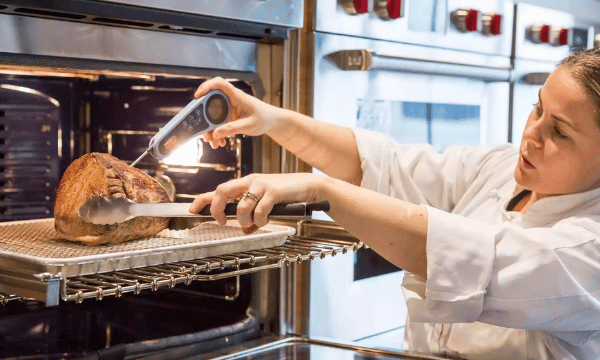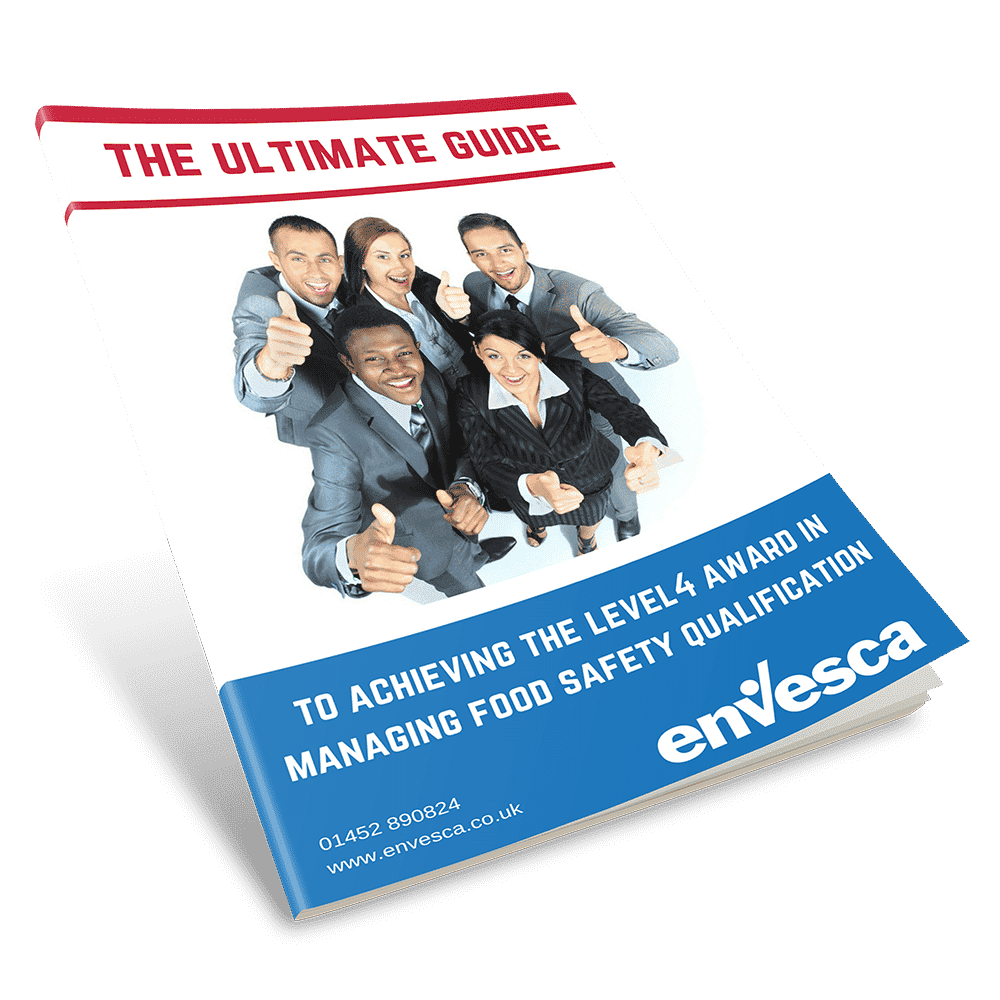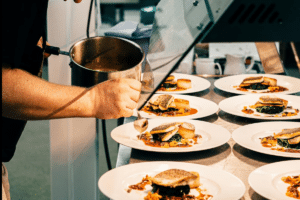What Are The Important Food Temperatures?
During our food and hygiene training courses, we often get asked, “What are the important food temperatures in food preparation?” In this article, we explain the critical temperatures in the various stages of cooking and storing food.
Temperature control is one of the most effective ways to ensure the production of safe food. By storing food at the correct temperatures, we can greatly reduce bacterial multiplication and survival and reduce the risk of microbiological contamination.
The Risk Zone
Bacteria are present in most foods and they can be destroyed by cooking food at the right temperatures. However, if the bacteria in food are allowed to multiply to great numbers then cooking alone might not prevent food from causing food poisoning.
Bacteria are able to multiply when they are above 5°C and below 63°C. This range, from 5°C to 63°C is called the risk zone. Bacteria will multiply very rapidly when they approach body temperature (37°C), so any food left at temperatures of between 20°C and 50°C is at greater risk. Food should be stored either below 5°C or above 63°C.

Chilling
If you have ever accidentally left the milk out of the fridge, you might have experienced how milk goes off very quickly at room temperature, but can keep fresh for several days inside the fridge, this is because chilling slows down the action of bacteria. Keeping food in the refrigerator will reduce the speed at which bacteria multiply, so it is very important to make sure that fridges are kept below 5°C. Temperatures of between 1°C and 4°C are ideal.
Freezing
Freezing stops the action of bacteria altogether when temperatures of -18°C are reached. However, freezing does not destroy bacteria, and when food starts to thaw, bacteria will start to multiply again.
Hot Holding
Food that is cooked can be kept at temperatures of 63°C for long periods of time, this is because any bacteria that might have survived cooking will not be able to multiply. However, if the temperature goes below 63°C then food should be eaten within 2 hours, or it should be cooled off completely and placed in the fridge within 90 minutes.
Cooking
Cooking ensures that most food poisoning-causing bacteria are destroyed, making food safe to eat, but if the right temperatures are not reached then too many bacteria might survive, making the food unsafe.
Once internal temperatures have been reached they must be held long enough to ensure bacteria are destroyed. The higher the temperature, the shorter the amount of time needed. For 75°C, 30 seconds are needed, but for higher temperatures, like 86°C, an instant reading is sufficient.
When reheating foods an internal temperature of 75°C must always be reached.
All of these key temperatures and control measures are discussed in our food safety and hygiene courses.
If you have a question or enquiry about food safety, please call the team on 01452 502113 or complete our enquiry form.
Find this helpful?
Signup to our email notifications to receive alerts when we publish new blogs. We promise not to spam your inbox, you will just get a short snappy intro to Health and Safety articles we think you will love.
"*" indicates required fields

The Ultimate Guide to Passing the Level 4 Food Safety Examination
If you’ve got a question or query, please contact our super friendly team, they will be delighted to help you!
Simply get in touch via phone or email.

Free
Resources &
Downloads
Informative. Useful. Practical.
Here at Envesca we believe that we are good at giving proactive, sensible and useful advice. Below you will find some free resources that you can download on a host of subjects that will help you and your business.
Training Available
Envesca offer a number of different training courses, which offer advice and guidance on these topics.




